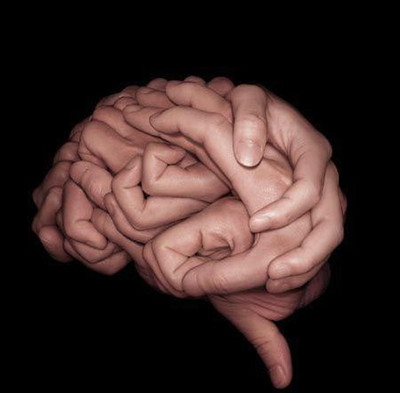
We all love getting something new. But then we have to move around our current clutter to find a place for it. Well, looks like things work the same way in the brain. Because according to a study published in the journal Cell, newborn neurons in the brain’s memory center make room for new memories by moving out the old ones.











